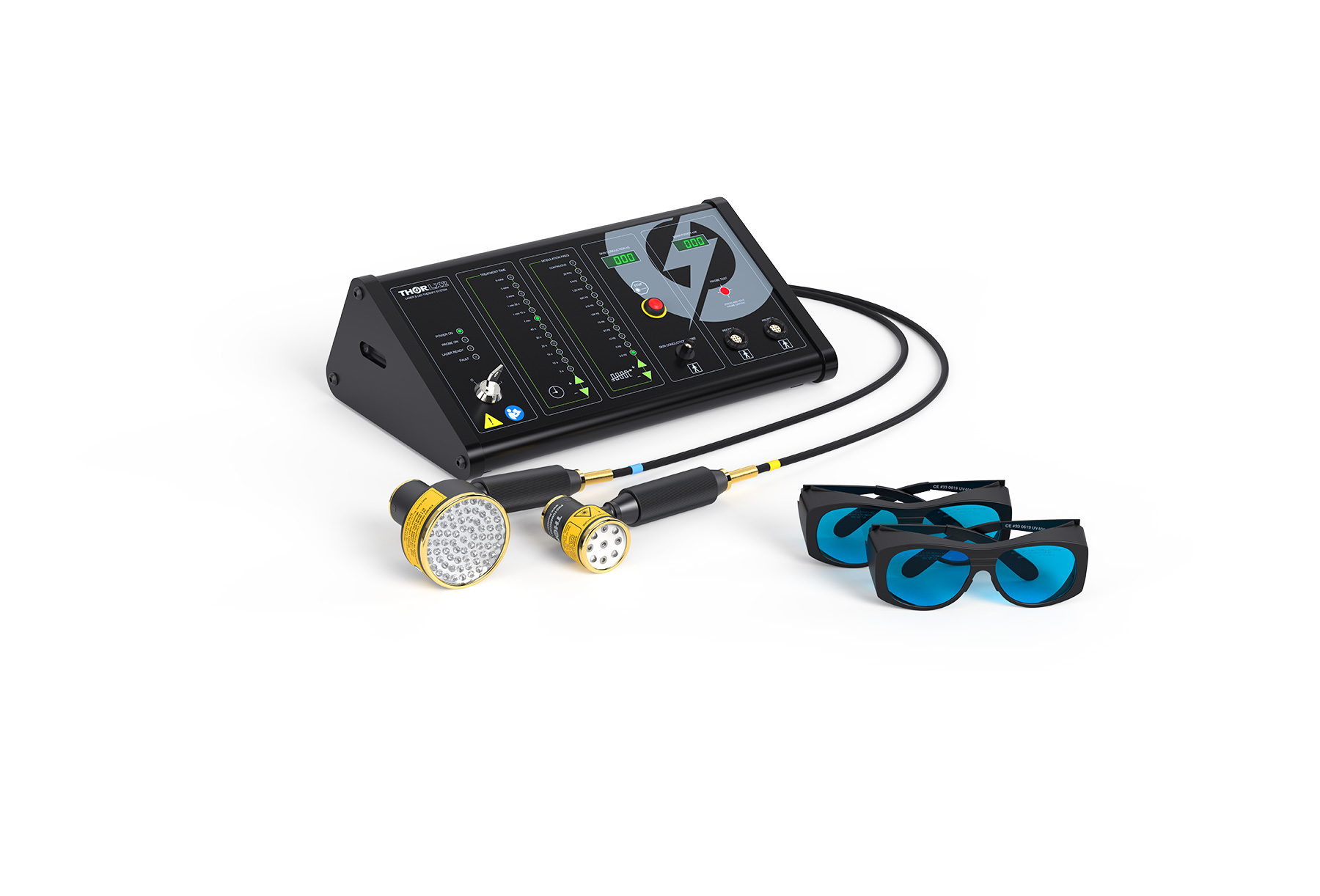The 2-Minute Rule for Photobiomodulation
Table of ContentsThings about PhotobiomodulationPhotobiomodulation - QuestionsThe Single Strategy To Use For PhotobiomodulationGet This Report about Photobiomodulation
Laser therapy is a clinical therapy that utilizes focused light to promote a process called. Throughout PBM, photons get in the tissue and engage with the cytochrome c complex within mitochondria. This communication triggers an organic cascade of events that results in a rise in cellular metabolic process, which can along with increase the healing process.There is agreement that the application of a therapeutic dosage of light to impaired or dysfunctional cells results in a cellular action moderated by mitochondrial devices. Photobiomodulation. Studies have shown that these adjustments can influence discomfort and inflammation, along with, tissue fixing
Changes in ATP, reactive oxygen types and nitric oxide comply with light absorption by Cc, O. These impacts are redox state and dose dependent. In hypoxic or otherwise worried cells it has been shown lot of times that complying with, nitric oxide is launched, ATP is boosted and oxidative anxiety is decreased [27-31]

The smart Trick of Photobiomodulation That Nobody is Discussing
PBM devices have been gotten rid of for marketing by FDA with the Premarket Notification/510( k) process as adjunctive tools for the temporary alleviation of pain. These clearances were based on the presentation of professional information to support such cases (Photobiomodulation). In this treatment, a light source is positioned near or touching the skin, allowing the light energy (photons) to penetrate tissue where it interacts with chromophores situated in cells resulting in photophysical and photochemical modifications that cause changes at the molecular, mobile and tissue levels of the body
Remarkably, recent research indicates that light can boost performance in typical tissues and cells. The potential applications of PBMT are numerous and are being discovered experimentally at the standard science, pre-clinical and professional level. The present clinical usages are for the alleviation of pain and swelling and the therapy of sports injuries.

The treatment specifications and variety of sessions needed for PBMT are reliant upon location and reason. PBMT normally requires even more than one treatment for ideal pain alleviation. It may take numerous therapies for the outcomes to become noticeable. records that it can take anywhere from eight to 30 sessions for a treatment to be fully effective, and some patients locate it essential to go through treatment two to 4 times each week.
The Best Strategy To Use For Photobiomodulation
Treatment criteria for PBMT were originally established making use of cells in vitro and in little pet versions. These therapy criteria generally had a reduced irradiance and fluence and worked well for cutaneous applications. Nevertheless when visit this website clinicians started to use PBMT to treat structures that were situated much deeper in the body, they made use of these parameters with unfavorable outcomes.
We currently understand that these negative studies was because of inaccurate tool and therapy specifications for transcutaneous treatment of much deeper structures. Recent breakthroughs in laser treatment tools and even more study right into the ideal does have actually drastically enhanced the outcomes of PBMT. For treating deep cells, the wavelength of light made use of identifies the depth of infiltration into a tissue.
For that reason, it is very important that a medical professional utilizes the proper wavelength of light and specifications to treat a condition. One wavelength and one set of therapy specifications will not be effective for all problems. Unfavorable adverse effects have not been reported from using PBMT (Photobiomodulation). Upgraded June 27, 2016Juanita j
Light treatment is a non-invasive therapy that functions by advice enhancing the capacity of the cell to produce energy (ATP) to recover the location being treated. Consequently, it can lower swelling, swelling, and pain in the location. Research study in this field is expanding, with even more extensive research papers linked listed below for those that want to find out more.
4 Easy Facts About Photobiomodulation Described
In the i loved this very first experiment, Dr. Endre Mester, made use of shaved rats and observing exactly how the laser influenced their ability to grow hair contrasted to the team that was not receiving LLLT. He discovered that the team of computer mice receiving LLLT were able to expand their hair back quicker than the group of mice that really did not obtain LLLT (Hoon C, et al; 2012).
This therapy is called this method to separate the distinction in between the lasers some occupations make use of to reduce (eg. Low-level light therapy is painless, non-invasive treatment.
LLLT has a biphasic response, meaning that lower dosages are generally attended be extra advantageous than higher dosages. That being claimed, dosages greater or lower than the optimal dose does not affect (Hoon C, et al; 2012). Therefore, it can be difficult to have studies on LLLT with numerous criteria.
Some firms integrated the 2 (LED and laser) to supply a much more all-around treatment since lasers can pass through deeper than LED and infrared light (Norman Doidge, The Mind's Means of Recovery, 2015). Throughout therapy, the area that is being treated is exposed to LED light from a Biography, Flex Laser, which is at 660 nm wavelength, followed by infrared light at 830-840 nm wavelength.